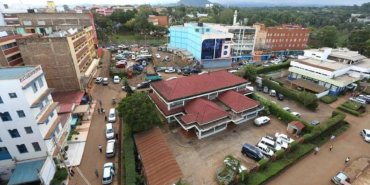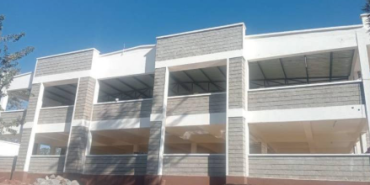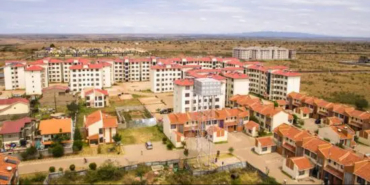Kenya’s Real Estate Boom Raises Need for Inclusive and Sustainable Urban Planning

Kenya's real estate sector remains a cornerstone of the nation's economy, accounting for approximately 5.3% of the country's Gross Domestic Product (GDP) in 2024, according to the Kenya National Bureau of Statistics' 2025 Economic Survey.
The industry's rapid growth, particularly evident in Nairobi's evolving skyline, drives economic activity across various sectors, directly employing over 200,000 people. The ripple effect extends to construction-linked industries, supporting countless others in materials production, transportation, and skilled trades. However, sustaining this momentum requires a delicate balancing act between ambitious development plans and the needs of local communities, adherence to regulatory standards, and adequate infrastructure readiness.
Uncoordinated urban expansion poses significant challenges, including zoning disputes, environmental concerns, and insufficient community engagement, leading to project delays and heightened tensions. Beyond direct employment, real estate development serves as a crucial source of government revenue. Tax streams, including stamp duty, capital gains tax, Value Added Tax (VAT) on construction materials, and corporate income tax, are intrinsically linked to the sector's vitality.
However, bureaucratic inefficiencies that impede project approvals and implementation hinder tax collection, depriving both national and county governments of essential funding. Streamlining development processes is, therefore, a critical governance priority, especially given the current fiscal constraints.
The escalating pressures of urbanization and infrastructure demands are driving urban development toward densification, prioritizing high-rise apartments and efficient land use in urban centers and burgeoning suburbs. While densification is increasingly viewed as a necessity, poorly planned projects risk compromising liveability rather than enhancing it.
Lessons from Abroad
In Addis Ababa, Ethiopia, Public Participation Development Offices have institutionalized citizen involvement in urban planning. By organizing local communities into development committees, they have cultivated civic trust, reduced conflicts, and expedited project implementation. Similarly, South Africa's Lynedoch EcoVillage demonstrates how early cooperation among developers, authorities, and residents can yield socially and economically viable outcomes.
Kenya can draw valuable lessons from these experiences by formalizing structured dialogues among stakeholders, ensuring that residents are active participants in shaping their communities, rather than passive recipients. Stronger frameworks for inclusive planning could enable developers to integrate environmental sustainability and infrastructure readiness into their projects, while simultaneously securing public support and regulatory compliance.
The stakes within Kenya’s real estate sector extend beyond property transactions. The industry influences multiple sectors, from banking and manufacturing to retail, making its stability a national economic concern. Any slowdown affects supply chains, financial markets, and employment rates, reinforcing the need for proactive urban planning and regulatory efficiency.








Add new comment